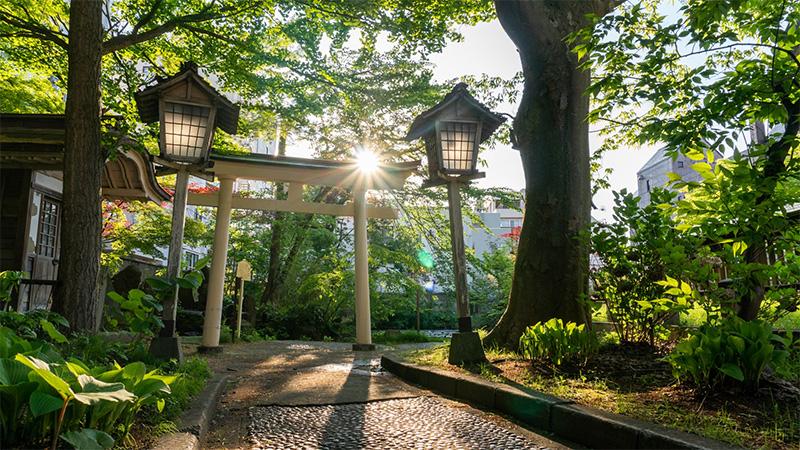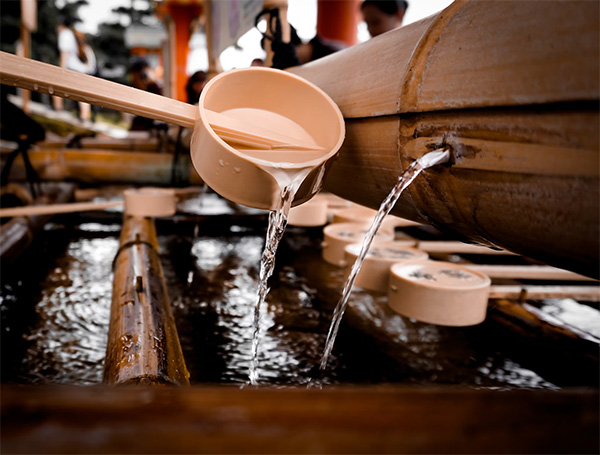Mystical Japan: The Spirit of Shinto Shrines
As Japan’s oldest spiritual tradition, Shintoism reflects a close connection between people and the surroundings. Rooted in animistic ideas, it honors the divine presence inside nature and ancestor spirits, hence developing a distinctive cultural identity throughout ages. The customs and ceremonies connected with Shintoism not only show a great respect for the surroundings but also operate as a vivid statement of community and continuity, therefore highlighting how important this indigenous faith is still to many Japanese people’s daily life.
Origins of Shintoism
Originating in ancient animistic beliefs that honored natural elements and ancestral spirits, Shintoism, Japan’s indigenous spirituality, has Rising from a complex tapestry of mythology and custom, it stresses respect of kami, or divine spirits, and harmony with nature. From mountains and rivers to trees and rocks, these beings are said to occupy many facets of the surroundings. Shinto changed throughout millennia, mixing with Buddhism and other philosophical inspirations, but it has always fundamentally based on purity, ritual, and community. Today’s cultural identity of Japan is still shaped by this special fusion of respect of nature and ancestral devotion.
Architecture and Design of Shinto Shrines
Shinto shrines’ architectural approach shows a close relationship with spirituality and the natural world. Designed to blend with their surroundings, these buildings—which are typified by wooden construction—often have thatched ceilings. Usually marking the entry, Torii gates represent the change from the ordinary to the holy. Inside, minimalism rules and little adornment emphasizes kami’s presence and purity. Preference is for natural materials like stone and wood, which help to create peace. Carefully designed, each shrine’s layout frequently combines water features and holy trees to improve the spiritual mood and encourage introspection.
Rituals and Practices at Shinto Shrines
Shinto shrine visitors follow different rites meant to help them establish a relationship with the divine. Before approaching the kami, people wash their hands and mouth at a temizuya to purify themselves. Presented on the altar to show thanks and seek blessings are offerings including rice, sake, and seasonal fruit. Often include traditional music, dancing, and processions, festivals—also known as matsri—showcasing community spirit and cultural legacy. Furthermore, engraved on ema, wooden plaques displayed at the shrine, personal prayers and desires enable people to express their hopes and dreams.
Modern Significance of Shinto Shrines
Still highly important in modern Japan, Shinto shrines are essential cultural and spiritual center of activity. Millions of people visit them annually, particularly during seasonal celebrations and New Year’s Eve when they search for blessings for happiness, wealth, and health. These holy places link the past with the present, therefore promoting continuity and community. Emphasizing their continuing significance in personal events, many couples pick shrines for traditional wedding rituals. Furthermore, environmental care is sometimes encouraged by shrine activities, therefore strengthening the link between spirituality and nature and resonating strongly with contemporary ecological consciousness and behaviors.
Shinto shrines reflect a living legacy that not only protects Japan’s spiritual legacy but also fits modern principles, therefore strengthening the close feeling of community and relationship to the environment. Being places of religion and cultural celebration, they invite people to honor ancestral links while considering their own paths. This ongoing relevance emphasizes the persistence of Shintoism since it inspires activities that guarantee its position in the hearts of the next generations by means of harmony between mankind and the environment.
Photo Attribution:
1st & featured image by https://unsplash.com/photos/brown-wooden-house-near-green-trees-during-daytime-pjVWh5m2vik
2nd image by https://unsplash.com/photos/water-pouring-from-brown-wooden-bucket-Qnf_JasnPoM






